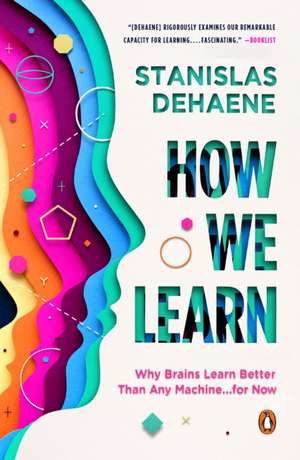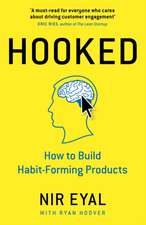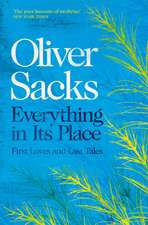How We Learn
Autor Stanislas Dehaeneen Limba Engleză Paperback – feb 2021
Humanity's greatest feat is our incredible ability to learn. Even in their first year, infants acquire language, visual and social knowledge at a rate that surpasses the best supercomputers. But how, exactly, do our brains learn?
InHow We Learn, leading neuroscientist Stanislas Dehaene delves into the psychological, neuronal, synaptic and molecular mechanisms of learning. Drawing on case studies of children who learned despite huge difficulty and trauma, he explains why youth is such a sensitive period, during which brain plasticity is maximal, but also assures us that our abilities continue into adulthood. We can all enhance our learning and memory at any age and 'learn to learn' by taking maximal advantage of the four pillars of the brain's learning algorithm: attention, active engagement, error feedback and consolidation.
The human brain is an extraordinary machine. Its ability to process information and adapt to circumstances by reprogramming itself is unparalleled, and it remains the best source of inspiration for recent developments in artificial intelligence. How We Learn finds the boundary of computer science, neurobiology, cognitive psychology and education to explain how learning really works and how to make the best use of the brain's learning algorithms - and even improve them - in our schools and universities as well as in everyday life.
| Toate formatele și edițiile | Preț | Express |
|---|---|---|
| Paperback (2) | 59.41 lei 25-31 zile | +22.56 lei 5-11 zile |
| Penguin Books – 27 ian 2021 | 59.41 lei 25-31 zile | +22.56 lei 5-11 zile |
| Penguin Random House SEA – feb 2021 | 100.83 lei 22-36 zile |
Preț: 100.83 lei
Nou
19.30€ • 20.02$ • 16.13£
Carte disponibilă
Livrare economică 24 februarie-10 martie
Specificații
ISBN-10: 0525559906
Pagini: 352
Dimensiuni: 141 x 213 x 22 mm
Greutate: 0.34 kg
Editura: Penguin Random House SEA
Notă biografică
Recenzii
An entertaining survey of how science from brain scans to psychological tests is helping inspire pedagogy. Dehaene challenges many tropes [and] describes much of his own pioneering work ... Well translated from the French with some touching references to his upbringing, from the cult filmLa Jetéeto the writing of Daniel Pennac.
Descriere
'Absorbing, mind-enlarging, studded with insights ... This could have significant real-world results' Sunday Times
Humanity's greatest feat is our incredible ability to learn. Even in their first year, infants acquire language, visual and social knowledge at a rate that surpasses the best supercomputers. But how, exactly, do our brains learn?
In How We Learn, leading neuroscientist Stanislas Dehaene delves into the psychological, neuronal, synaptic and molecular mechanisms of learning. Drawing on case studies of children who learned despite huge difficulty and trauma, he explains why youth is such a sensitive period, during which brain plasticity is maximal, but also assures us that our abilities continue into adulthood. We can all enhance our learning and memory at any age and 'learn to learn' by taking maximal advantage of the four pillars of the brain's learning algorithm: attention, active engagement, error feedback and consolidation.
The human brain is an extraordinary machine. Its ability to process information and adapt to circumstances by reprogramming itself is unparalleled, and it remains the best source of inspiration for recent developments in artificial intelligence. How We Learn finds the boundary of computer science, neurobiology, cognitive psychology and education to explain how learning really works and how to make the best use of the brain's learning algorithms - and even improve them - in our schools and universities as well as in everyday life.























